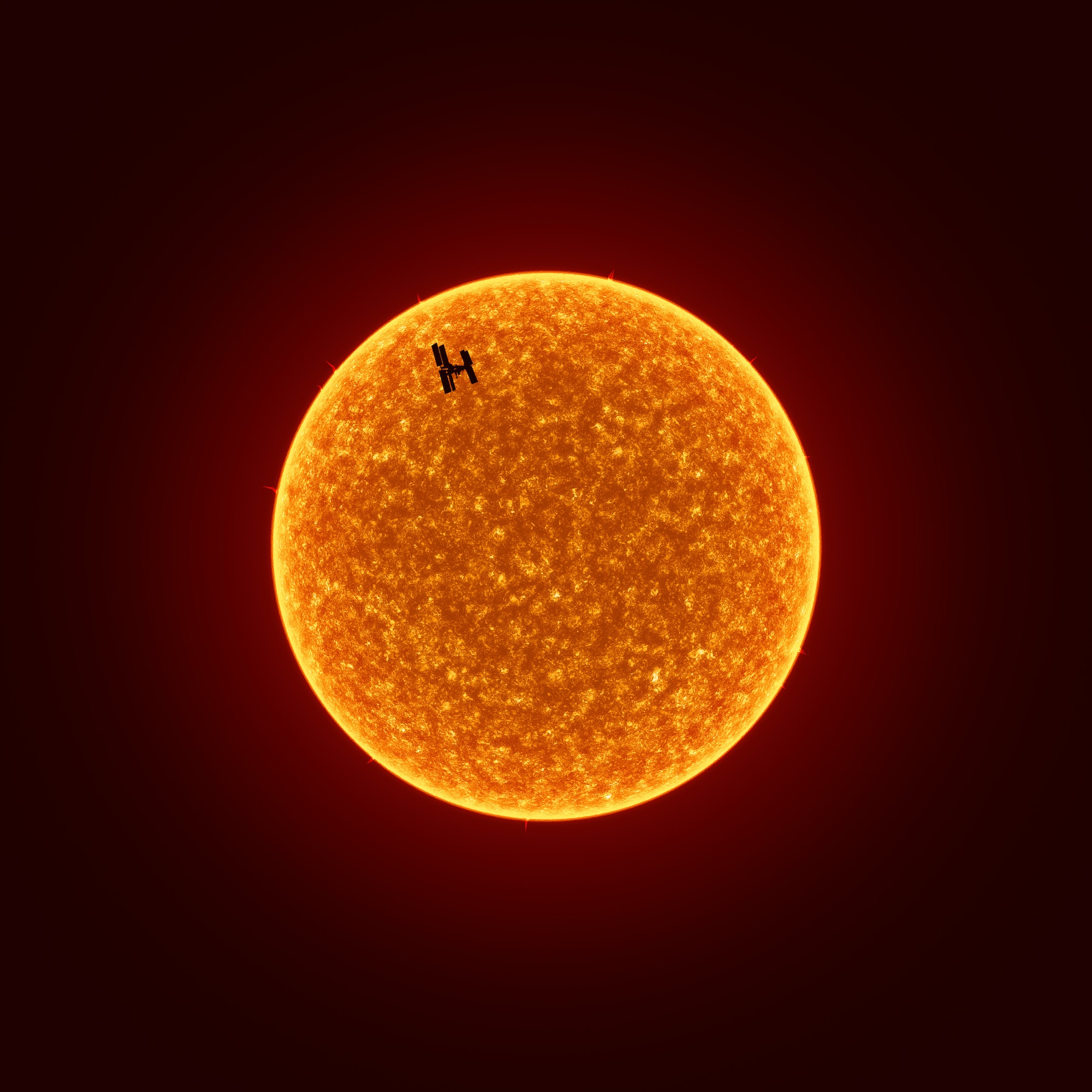India has taken another big step in space exploration by launching a spacecraft dedicated to studying the sun and space weather. This comes after India’s successful mission to the moon. The spacecraft, named Aditya-L1, was launched from Sriharikota near the Bay of Bengal.

The Launch Details
Aditya-L1 was launched from Sriharikota at 11:50 a.m. local time on a Saturday. It’s heading to an orbit about 930,000 miles (1.5 million kilometers) from Earth. This specific spot is called Lagrange point 1. It’s a point in space between the Earth and the sun where the gravitational pull from both is balanced.
Studying the Sun
The main goal of Aditya-L1 is to study the sun, especially its upper atmosphere. The spacecraft is equipped with seven scientific tools to do this. It will look at the sun’s activities, the flow of solar wind particles, and the magnetic fields in that area.

What Will It Study?
Aditya-L1 has various tasks. It will study the upper layers of the sun and solar flares. A major focus is on coronal mass ejections, which are huge releases of plasma from the sun’s surface. By studying these, scientists hope to get a better understanding of space weather and the magnetic activities happening in our solar system.
Why This Matters for Earth
Space storms, which can impact Earth’s atmosphere, are important to understand. Aditya-L1 will help us learn more about these space storms and how they affect things like satellite communication, radio transmissions, and power grids on Earth. Basically, what happens in space can affect our daily lives, especially as we rely more on technology.

India’s Role in Space Exploration
With this mission, India is showing its growing role in space research. Aditya-L1 is similar to other missions like NASA’s Parker Solar Probe, which studied the sun closely in 2021. This means India is joining other big players in space exploration and contributing its findings to the worldwide scientific community.
In simple terms, Aditya-L1 is India’s way of exploring more about the sun and space. As it begins its mission, it’ll help us learn more about our universe. It’s a big step for India in space research and shows how much humans want to understand the cosmos.
FAQ About India’s Aditya-L1 Solar Mission
What is Aditya-L1?
Aditya-L1 is India’s first spacecraft dedicated to studying the Sun. The mission aims to explore various aspects of solar activity, including solar flares, the upper atmosphere of the Sun, and the impact of solar activity on space weather.
When and where was it launched?
The spacecraft was launched on a sunny Saturday at 11:50 a.m. local time from Sriharikota, an island off the coast of the Bay of Bengal in India.
What’s the primary goal of the mission?
The primary goal is to observe and understand the Sun’s activities, particularly in its upper atmosphere. The mission will also look at phenomena like solar flares and coronal mass ejections.
Where is the spacecraft going?
Aditya-L1 is headed to a special point in space known as the Lagrange point 1, or L1. This point is located about 1.5 million kilometers away from Earth. At L1, the gravitational pull from the Earth and the Sun balance each other, making it an ideal location for solar observation.
How will this mission benefit us?
Understanding the Sun’s activities will give us valuable insights into space weather, which can affect various Earth-based technologies. For example, solar activity can disrupt satellite communications, radio transmissions, and even power grids.
What scientific instruments are on board?
The spacecraft is equipped with seven advanced scientific instruments designed to observe different aspects of the Sun’s activity and its impact on space weather.
How does Aditya-L1 compare to other solar missions?
Aditya-L1 joins other significant solar research missions, like NASA’s Parker Solar Probe. While each mission has its specific objectives and methodologies, they all contribute to the global understanding of the Sun and its influence on the solar system.
How long will the mission last?
The specific duration of the mission has not been stated, but solar missions typically last several years to collect enough data for meaningful analysis.
Who is behind this mission?
The Indian Space Research Organisation (ISRO) is the agency responsible for the Aditya-L1 mission.
What’s next for India in space exploration?
While the immediate focus is on the success of Aditya-L1, India has various other ambitious plans for space exploration, including further lunar missions and even a manned mission called Gaganyaan. The country continues to make strides as an emerging powerhouse in space science.
Feel free to reach out if you have more questions about the Aditya-L1 mission!
Sources CNN


